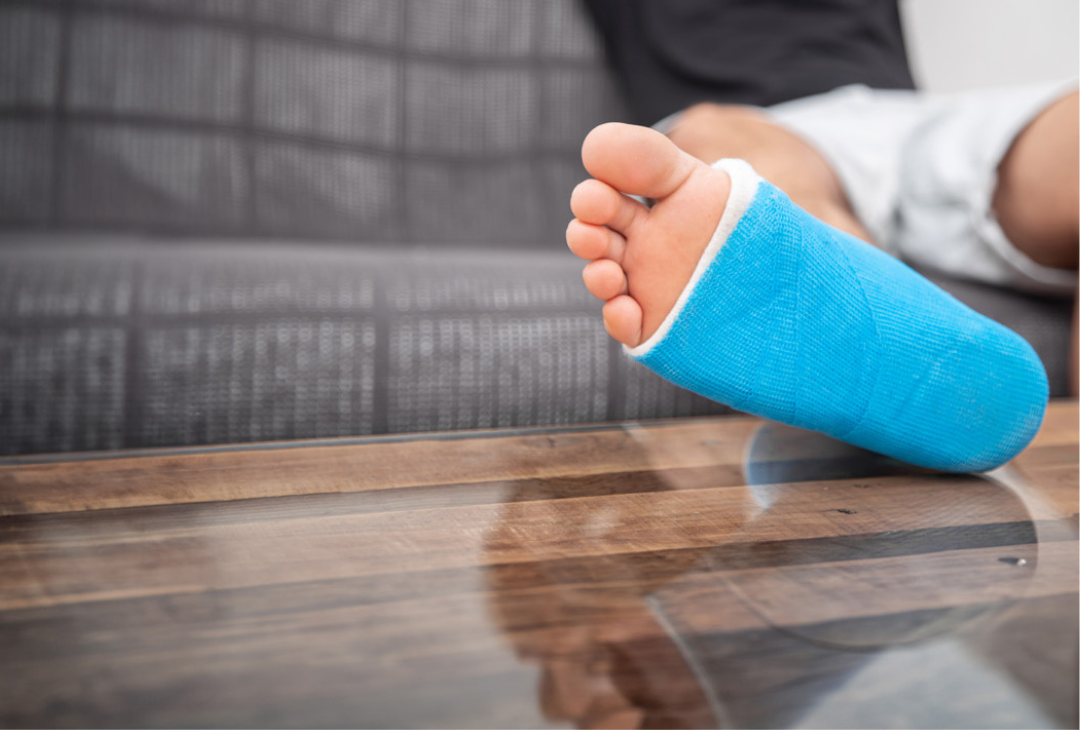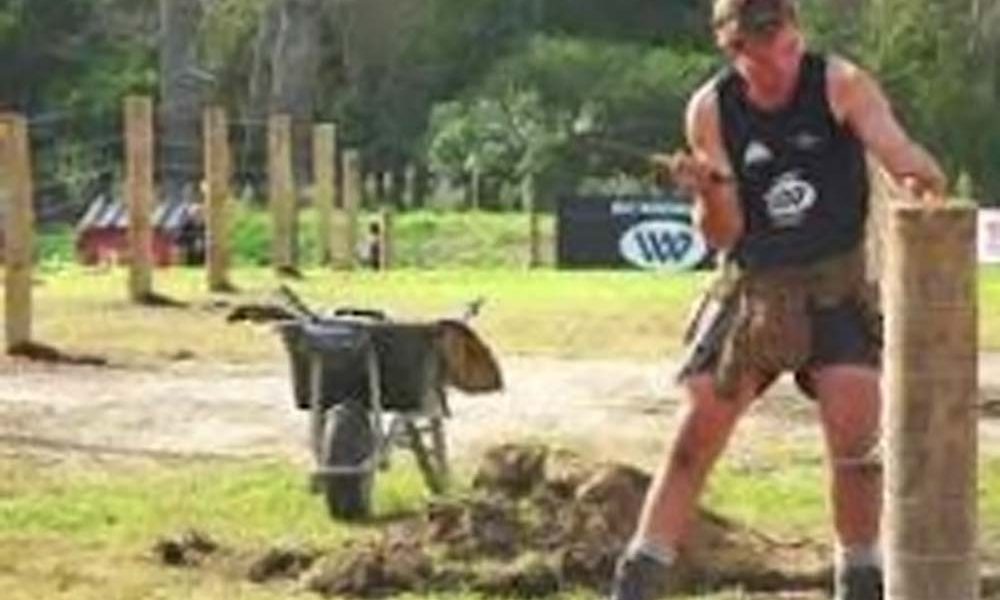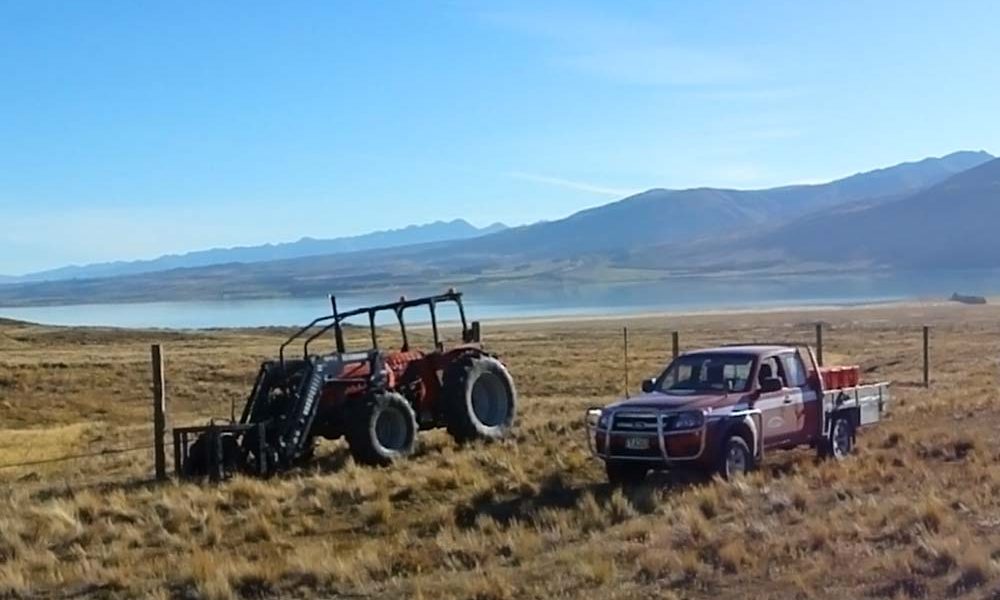
How prepared are you for a serious harm notification? Let’s talk about incident and injury reporting, and investigation.
On the safety front, Rural Safe have had a few months of investigations into serious harm injuries that have taken time and a toll on the business entities involved.
We have been successful in supporting the injured employees of several very serious incidents, and the business owners in the WorkSafe investigations that have followed.
The responsibility the business owners have shown through active health and safety recording, training, and assurance in the care of their people has been of great assistance in the process. It doesn’t lessen the impact of the life-changing injury for the employee, but the investigation to ensure that the business had done what was reasonably practicable to ensure safety within the business is important in this type of situation.
The incidents have highlighted a need for people to understand what injuries need notification and how business owners would manage the following investigation that occurs.
Not only does a serious incident or accident in your business change how you look at the business operation, it should also make you question how you would evidence to the regulator that you have the best health and safety management in place.
Looking at your process for investigation is the first plan. Ensuring you follow a process makes sure that you and your team can be assured of gathering the information required.
 What guidelines do you follow?
What guidelines do you follow?
Guidelines for reporting and notification of events, injury, illness, incidents and follow-up investigations:
- All injuries, incidents, and near misses will be notified to the manager or supervisor as soon as possible.
- All injuries/incidents are to be recorded in the Injury/Incident Register
- All near misses must be reported. These near-miss reports will help to identify any trends that may be developing. If needed, new procedures can be developed to avoid reoccurrence.
- All serious accidents that result in death, injury, illness or serious incident to any person working on our property will be reported directly to WorkSafe NZ as soon as possible. Ensure the scene of the accident is not disturbed unless to save persons from further harm. The scene will remain frozen until all clear is given by WorkSafe NZ.
- A “Notice or Record of Injury/Serious Harm” form is to be forwarded to the nearest WorkSafe NZ office within 48 hours, if requested by them. A complete investigation will be also required to be undertaken to find the underlying causes of the accident.
- Inform all employees/contractors of the outcomes of the injury/incident investigation i.e., new hazards and their controls.
- All contractors working within the business will report all injuries/incidents to management as soon as possible so we can ensure further harm is avoided.
An accident: an event that causes any person to be harmed or might have caused a person to be harmed.
Harm: means illness, injury, or both; and includes physical or mental harm caused by work-related stress.
Hazard/Risk: means an activity, arrangement, circumstance, event, occurrence, phenomenon, process, situation, or substance (whether arising or caused within or outside a place of work) that is an actual or potential cause or source of harm and includes:
- A situation where a person’s behaviour may be the actual or potential cause or source of harm to the person or another person; and
- Without limitation, a situation described in sub-paragraph (1) resulting from physical or mental fatigue, drugs, alcohol, traumatic shock, or another temporary condition that affects a person’s behaviour.
If it has the potential to cause harm to someone then it is a hazard/risk.
Near Hit / Near Miss: referred to as an Incident under the HSWA 2015. Any event that is close enough to give you a scare and could have caused serious injury if circumstances had been slightly different.
Notifiable events: where a person has received a serious harm / notifiable event injury, or a serious incident has occurred where there is a high potential to have caused serious harm / notifiable event. Notifiable events are categorized as Injuries, Illness and Incidents (serious near misses). These events are listed below:
Notifiable injury or illness
Means
a) Any injury requires the person to have immediate treatment.
– As an inpatient; or
– For any of the following reasons:
- Any amputation of any part of the body, or
- A serious head injury, or
- A serious eye injury, or
- A serious burn, or
- The separation of the skin from an underlying tissue (such as degloving or scalping), or
- Spinal injury, or
- The loss of a bodily function, or serious laceration,
b) An injury or illness that requires the person to be admitted to hospital for immediate treatment.
c) An injury or illness requiring the person to have medical treatment within 48 hours of the exposure to a substance.
d) Any infection to which the carrying out of work is a significant factor, including any infection that is attributable to carrying out work:
- With micro-organisms, or
- Involves providing treatment or care to a person, or
- Involves contact with human blood or bodily substances, or
- Involves handling or contact with animals, animal hides, skins, wool or hair carcasses or animal waste products, or
- Involves the handling or contact with fish or marine mammals.
e) The following zoonosis conditions involved with contact or handling of animal’s hides, skins, wool or hair, carcasses, or animal waste:
- Leptospirosis
- Anthrax
- Brucellosis
- Psittacosis (from parrots)
- Seasonal Influenza of animal or avian flu
f) Or any other injury or illness as prescribed by regulations.
Notifiable incident
Means an incident in relation to a workplace that exposes the worker or any other person to a serious risk to that person’s health or safety arising from immediate or imminent exposure to:
- An uncontrolled escape, spillage, or leakage of a substance,
- An uncontrolled escape of gas or steam,
- An uncontrolled escape of pressurised substance,
- An uncontrolled implosion, explosion, or fire,
- An electric shock,
- A fall or release from height of any plant, substance, or thing,
- The collapse, overturn, failure, or malfunction of, or damage to and plant that is required to be authorised by regulations,
- The collapse or failure of an excavation or any support shoring of an excavation,
- The collapse or partial collapse of a structure,
- The interruption of the main system of ventilation in an underground excavation or tunnel,
- The inrush of water, mud, or gas, in workings in an underground excavation or tunnel,
- A collision between two vessels, a vessel capsizes, or an inrush of water into a vessel.
Includes any other incident declared by regulations to be a notifiable incident for the purposes of this section; but does not include an incident declared by regulations not to be an incident, or not to be notifiable.
Documentation you will need to supply to the regulator
Key to any investigation is the documentation that supports you have undertaken steps to ensure a healthy and safe business to operate in.
- A commitment from the business owner to Health and Safety in the workplace
- Evidence to show engagement, duty of care and due diligence in the business for health, safety and wellbeing.
- Training in the operation and equipment that will be used for the job. Ongoing competency to operate.
- Management of the known risks and hazard identification with good controls in place reviewed regularly.
- Prestart and toolbox discussions about what’s happening today, how we can be safe.
- Management of hazardous substances and how to use these safely.
- Emergency planning – how do we get help, where are we, first aid, fire be prepared who is the first aider?
- Accident and incident management and reporting of the event, review of the process and what can change to make it safer.
- Plant and machinery maintenance register
- Management of visitors, contractors, to your worksite
- Reviews of the operation and changes made if required.
Ensuring you have support along the way is valuable and as a team, you need to talk and listen to what each person in your business has to say about safety.
A STOP. THINK. DO. MOMENT is all it takes to change the outcome of a life in some situations. Speaking up about unsafe actions or situations should be welcomed and working together is the best solution to change the safety culture of your business. The conversation with a family who has lost or had an injured loved one from an incident at your workplace is not a place you want to be.
Check into WorkSafe for guidelines or call your consultant for information to help you understand your responsibilities as a business in every changing Health and Safety world.
She’ll be right is not always right.
Take care out there team.
Article supplied by RuralSafe
www.ruralsafe.co.nz
Published in the Business, Health & Safety, Environment Section in WIRED Issue 70 / September 2023 by Fencing Contractors NZ
Read WIRED online
Follow us on Facebook
© Fencing Contractors Association NZ (FCANZ)




